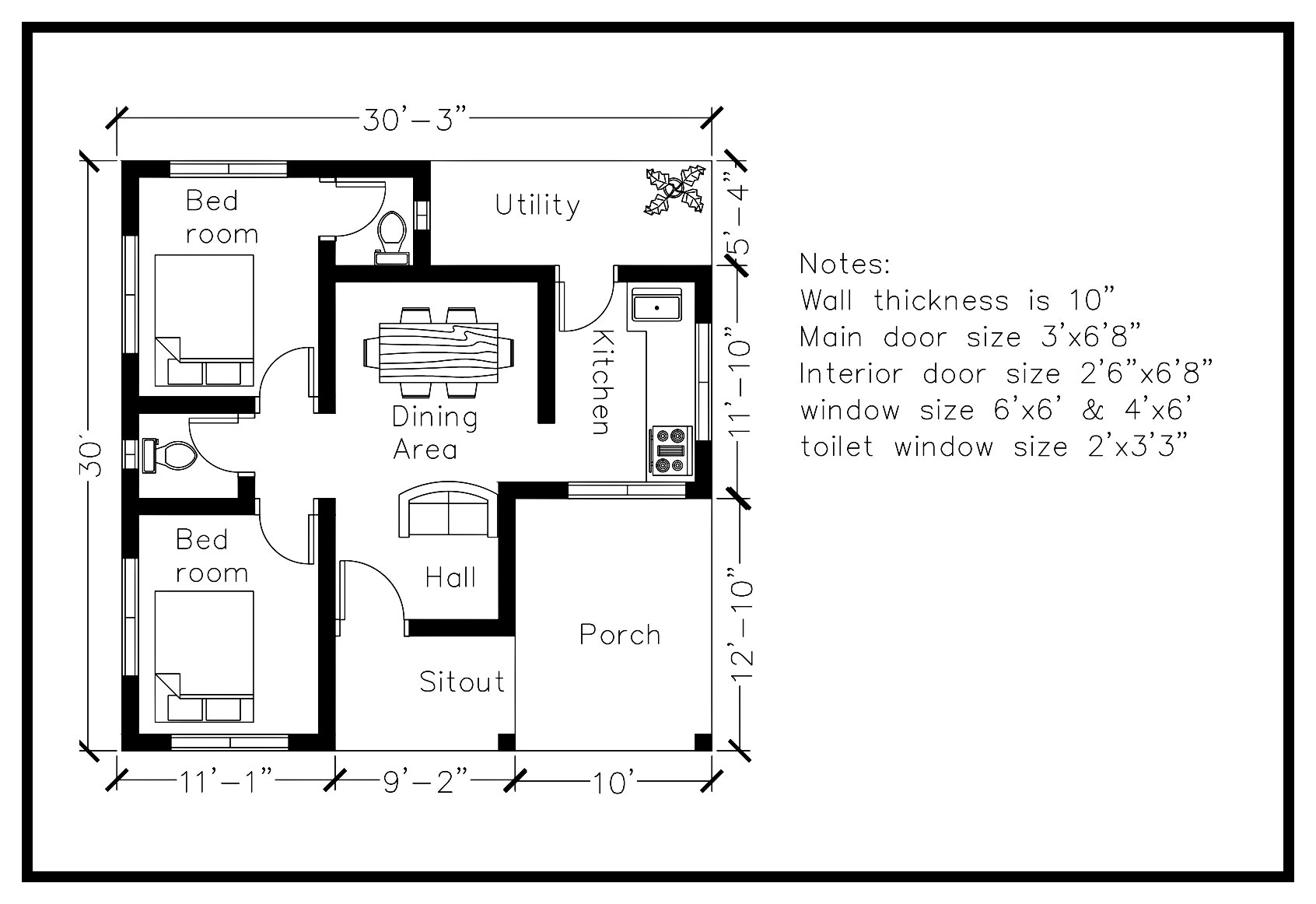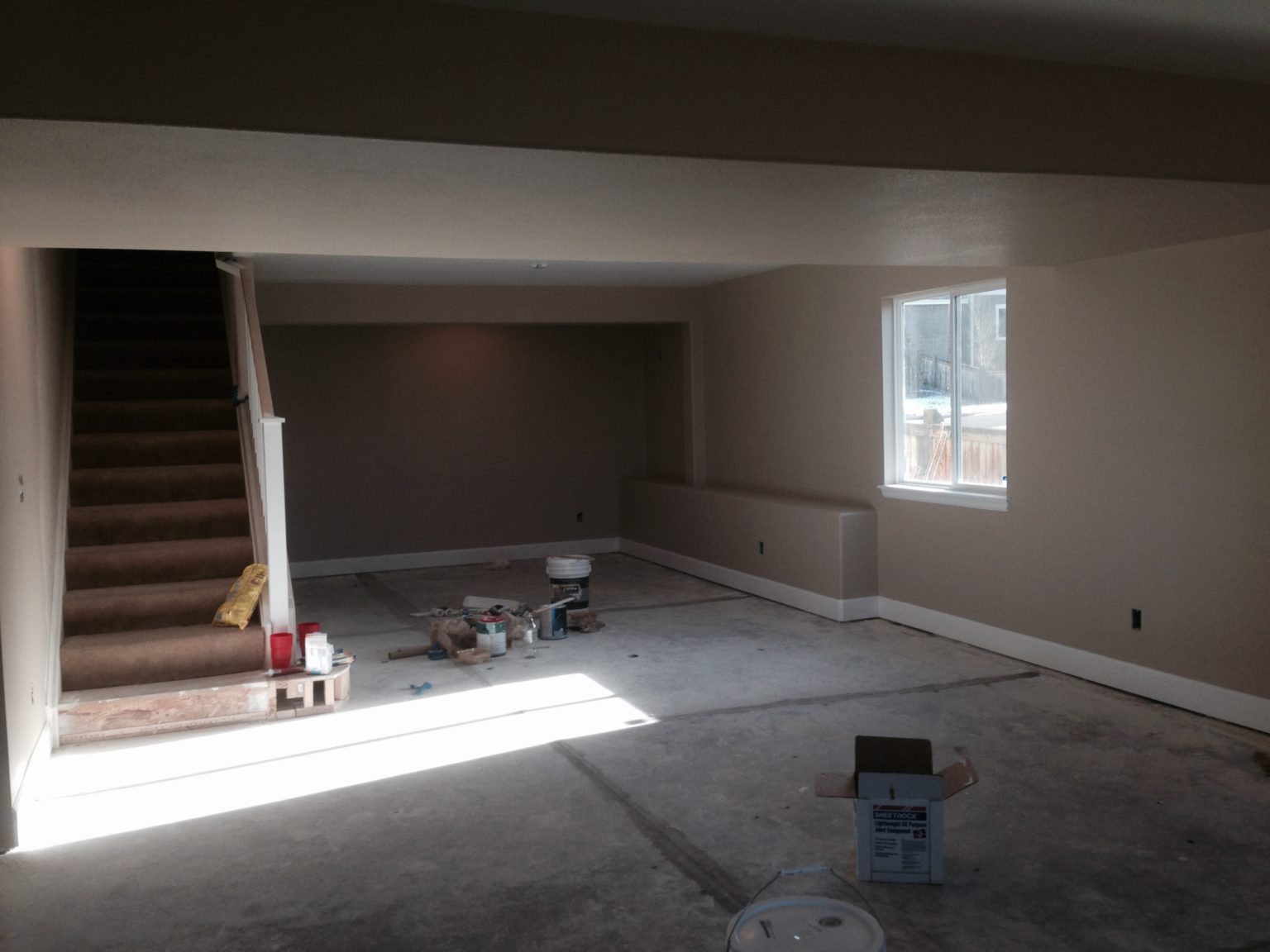

Choose Round Column (or Round Slab) on the calculator. They are 4 feet in height and 10 inches in width (diameter), or 4' x 10". Also enter quantity and price to calculate total volume and cost of materials when you enter the price per cubic foot, price per cubic yard or price per cubic meter.įor example, let's say you have 50 round concrete form tubes, sonic tubes, Sonotubes or cement tubes that you need to fill. Enter dimensions in US units (inches or feet) or metric units (centimeters or meters) of your concrete structure to get the cubic yards value of the amount of concrete you will need to make this structure. If the mean roof height is greater then 60 and less then 90 - Part 1 can be used if the height-to-width ratio is 1 or less.īy checking the Exception box (Part 1) will be used to perform the calculations.Calculate Volume of Square Slab Calculator UseĬalculate volumes for concrete slabs, walls, footers, columns, steps, curbs and gutters. The following fields are optional and will show up on you printed page.Įxception from part 3 page 363 (Use the calculator below) Example 55'-8" is written as 55.67Įnter an optional Tributary area between 10 and 500 square feet at (MRH 60 ft). Ground Elevation Factor refer to Table 26.9-1, page 268įor determining Zone 5 dimension "a". Ke default = 1.00, value should be between 1.00 and 0.35 See below for additional information about the Kd factor. See below for additional information about Kzt. Refer to section 26.8 and figure 26.8-1 to determine the wind speed-up effect. Thank you in advance.ĭesign Load Method: ASCE7-16 Strength Design Load & Allowable Stress Designĭefined from 26.7.3, page 266 & Figures C26.7-5 through C26.7-7, pages 745-747 You may get an email about updates to the wind load program or changes to this website. If you enter your email address, you can be rest assured it is safe and will not be sold. The program will let you know when the conversion has happened after the design pressures are calculated.īe sure to enter all required fields. This will cover the mean roof height and least building width. Finally, I added programing to accommodate the use of feet and inches to be converted to decimal feet as the program requires. You will notice smaller design pressures under those conditions. The Kz value on exposure B was revised on heights under 30 feet. See the interactive map showing your elevation above sea level and the calculated Ke variable. Ke represents a Ground elevation factor and the value is determined from a calculation above sea level. Some of the changes are a new variable Ke was added to the velocity pressure formula. In these calculations the ASD velocity pressure is reduced by 60%. The program calculates the LRFD (Load Resistance Factor Design) and ASD (Allowable Stress Design) design pressures. Refer to your local jurisdictions to determine which map and wind speed to use. 
The Wind speed maps are separated into risk category 1 through 4. See the calculator below to verify the exception can be used. I added a check box to force the program to utilize part 1 when using the exception rule in part 3 which allows the use of part 1 for heights greater then 60ft and less than 90 feet. The program will automatically determine Part 1 or Part 3. This program utilizes Part 1: Low-Rise Buildings h60 ft to calculate the design pressures.
The Asce 7-16 Building Code has four parts for determining the components and cladding. Computer Aided Design (CAD) packages such as AutoCAD and Home Designer have tools that allow you to calculate square footage automatically, giving faster. Refer to the bottom of this page for various building code web site links. It is highly recommended you review the building code to understand where the information comes from. I use these programs to verify the design pressures provided by the architects or to create them for estimating or engineering purposes.

The program displays the Wall Components and Cladding design pressures for the selected conditions. Here is a web enabled Asce7-16 wind load program.







 0 kommentar(er)
0 kommentar(er)
